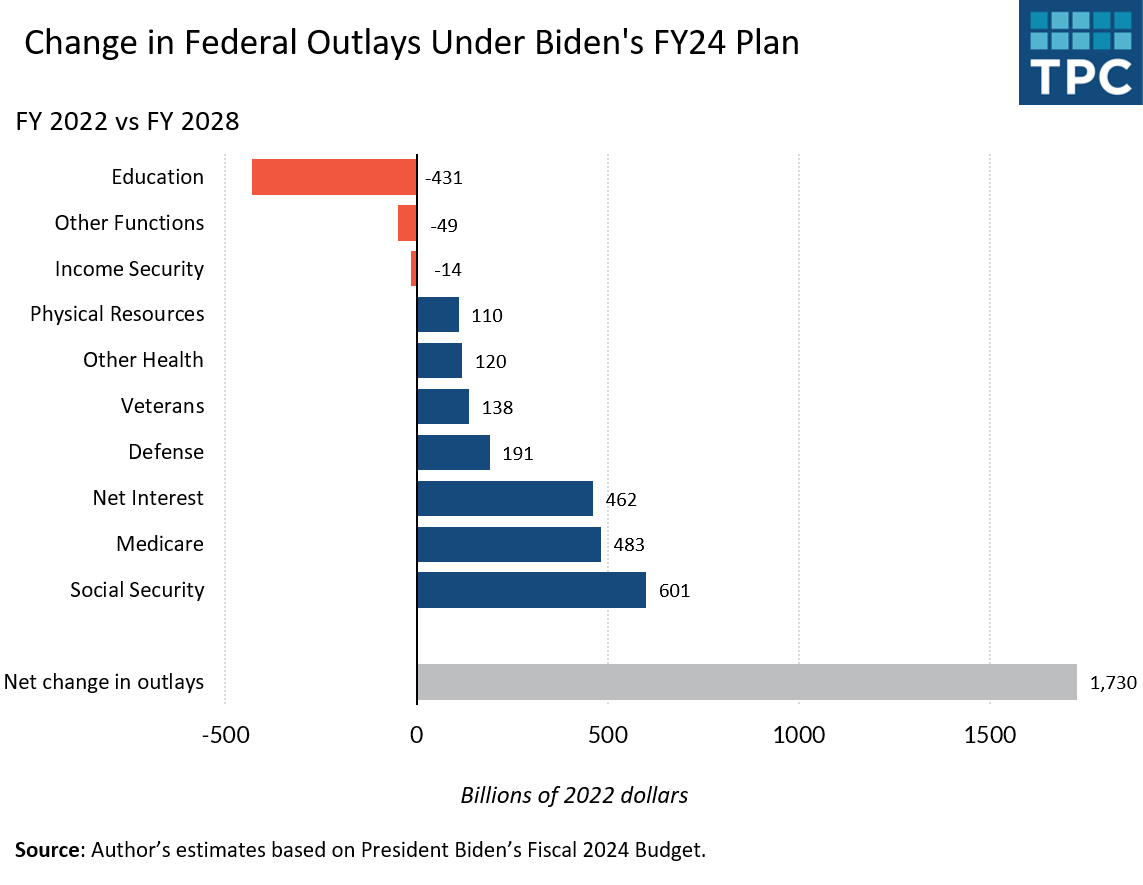How predictive modelling can help accounting firms
Highlights:
|
More than 180 zettabytes is the projected volume of data created, captured, copied, and consumed globally for 2025, according to Statista. For today’s accounting firms, the question is how can they benefit and leverage their business clients‘ data to deliver the strategic guidance that businesses need? Accounting predictive modeling is the answer for many. Accounting professionals can provide more data-driven insights to clients by quickly identifying trends, patterns and anomalies. Within
tax advisory, for instance, firms may use AI tools to generate predictive insights
to help clients navigate future tax implications based on their financial decisions.To help accounting professionals better understand how predictive modeling can benefit their firm, this article explores what accounting predictive modeling is and how firms can use it to gain greater insights into their data.Jump to |What is predictive modeling in accounting?In short, predictive modeling in accounting uses data-driven insights to evaluate future trends, mitigate potential risks, and identify opportunities for clients. AI-powered algorithms use historical data as well as non-financial and external data to create predictive models. As you go up the analytics food chain, you start off with what happened and then also trying to understand why it happened.
DomingoHuh
is the lead UX designer at Thomson Reuters Labs. He said, “With predictive, you start to incorporate all that historical data in order to predict what might happen.” So, rather than just trying to understand what might happen
,
maybe there is another step where it can definitely give you suggestions and remedies.”
Given the benefits to be gained and the rise in client demands, it comes as no surprise that more and more firms are looking to provide predictive modeling. As Huh noted, some benefits include:
Enhanced financial forecasting Improved fraud detection What types of data are most useful for predictive modeling?There are various types of structured and unstructured data that prove to be useful when doing predictive modeling. Such data types include, but are not limited to:Historical financial data
Market and economic data
Non-financial performance metrics, like client sentiment
- However, it is critical to keep in mind that to unlock the true value of data, it must be quality data that is easily accessible. Too often,
- businesses are hampered by legacy systems that lack sufficient integration and automation. The result is data that is difficult to access and is stored in silos. To better understand predictive modeling it is helpful to review the four types of analytics
, and how predictive analytics fits into them. Let’s take a closer look.
Descriptive analytics (what):
- This examines what happened in the past. Techniques include data mining and aggregation, metrics reports, and summary statistics.Diagnostic analytics (why):
- This is rooted in the past and examines why an event happened. Techniques include principle components analysis, sensitivity analysis, and regression analysis.Predictive analytics (if):
- This looks to the future to explore what might happen if specific conditions occur. Techniques include predictive modeling, machine learning algorithms, and quantitative analysis.
Prescriptive analytics (how): Looking to the future, and anchored by a set of rules, this examines which actions are best based on the desired outcomes. Techniques include AI simulation analysis and recommendation engines. Huh also highlighted the fifth type of analytics which is beginning to emerge, cognitive analytics. “ is really more about combining AI and machine learning to mimic human-thinking processes or thought processes and decision making.”
Added Huh, “I think the future is quite exciting because there is an opportunity for us to change the way that we interact with data. These analytic capabilities will allow you to quickly and collaboratively walk through the data, or get a task based answer. And every interaction leaves a trail of learning opportunities for both the professional and their AI counterpart.”[data]
What are the predictive modeling types?
Predictive models fall into two buckets — non-parametric and parametric — and each one not only has a specific use but also leverages different techniques like descriptive, diagnostic, predictive,
- and prescriptive analytics.What is the difference between
- non-parametric models and parametric models? Non-parametric models are able to adapt to complex and irregular data patterns because they don’t rely on parameter settings. Parametric models, on the other hand, make predictions based on a fixed number of parameters.
- The more common modeling types include, but are not limited to:1. Classification model
- This type of modeling provides simple answers (i.e. yes or no) to queries —
, making it one the most commonly used models. It uses historical data to produce an analysis of a query. It can be used by a financial institution to quickly answer questions such as “Is this applicant prone to default?[Cognitive analytics]2. Outliers model
This analyzes datasets in order to identify anomalies and outlying information. This model is ideal for identifying fraud. This model can be used by financial institutions to identify unusual transactions on a consumer account and determine if a third-party has accessed the account. Clustering model
Businesses may turn to
this model type to determine marketing strategies for certain groups of consumers. What makes this model attractive for marketing? It clusters the data into different categories, based on similar characteristics. Then it uses the data for each group to determine the broader outcomes of each cluster. Each model has a different use case, and uses different techniques and data types in order to achieve its goal. There are several ways that firms can use predictive analytics. These could include
estimating a client‘s cash flow over a specific period, forecasting the impact of changes in taxation, predicting when expenses could rise, or helping establish new supply chains.
Additional ways in which firms could use predictive modeling include:
Fraud detection
:
Predictive analytics can help protect business clients against costly fraud-related losses by analyzing patterns and identifying anomalies.Strategic decision-making:Firms can use it to
analyze trends
and help clients make more informed business decisions in areas like investment strategies and budget allocation.
Tailored services
: Firms can use it to help clients predict the demand for their products or services. Firms can use it to help clients predict the demand for their products or services. The future of predictive analytics in accounting
When asked if he had thoughts about the future of AI and analytics in accounting, Huh said, “I think it’s more important than ever now to start exploring and trying to be bold with the techniques that you employ. We’re beginning to see some interesting movements towards immediate tooling. If I can create a tool instantly by writing a prompt, then we have entered a new type of future.”
In a lot of ways, the future has arrived. AI is already being used by firms to perform research and gain insights into their data in a way that has never been seen before. Is your company one of them? Take action today to ensure that your firm isn’t left behind.
Automating data in your workflow has never been easier with SurePrep 1040SCAN. Our AI-powered technology automatically verifies OCR data for 65% of standard documents. Patented, AI-powered technology auto-verifies OCR data for 65% of standard documents.Additionally, use Advisory Maps on Checkpoint Edge with CoCounsel
to confidently evaluate and determine the best options for your clients with an end-to-end process for delivering specific tax planning and advisory engagements.
- – Back to blog






